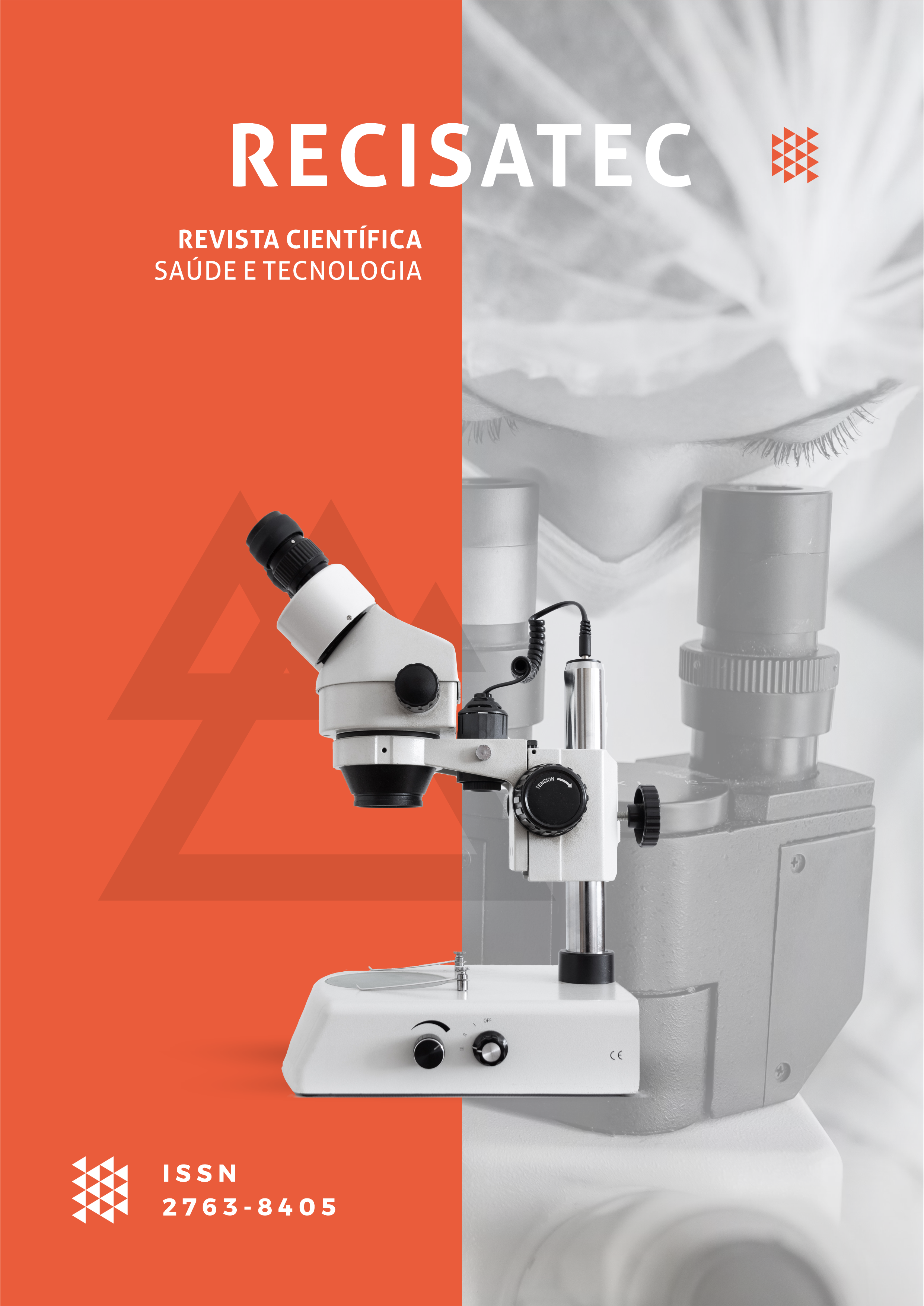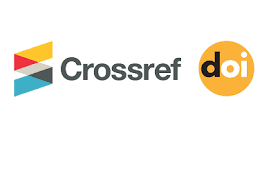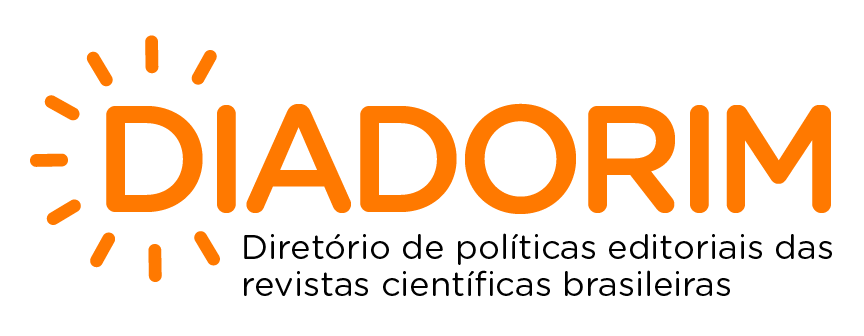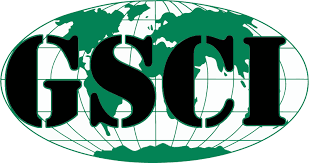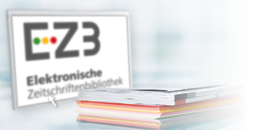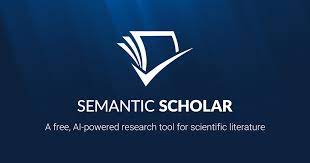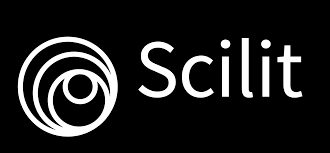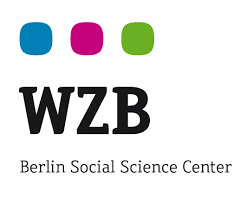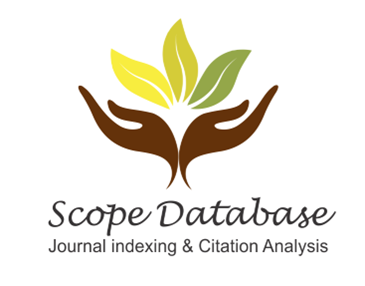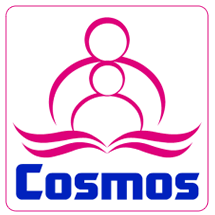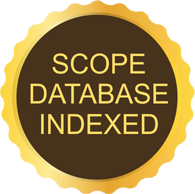ORAL HEALTH OF SOMMELIERS AND WINE TASTERS
DOI:
https://doi.org/10.53612/recisatec.v2i11.211Keywords:
Oral health, Sommelier, Wine tastersAbstract
This article aims to analyze the interface between the habitual consumption of wines and other beverages by the Sommelier - a specialized wine taster - and the oral health of these professionals. This is a narrative review based on the experience of its authors, a Physician & Sommelier, a Dentist & Medicine student and a Medicine student. Moderate wine consumption seems to be associated with some positive outcomes, such as the reduction of periodontitis and the preservation of a greater number of teeth. However, dental erosion and caries are oral problems that are closely related to wine consumption, especially with longer exposure to tasting work. Although alcohol is linked to oral leukoplakia, drinking wine appears to be safer than drinking other alcoholic beverages such as spirits. Regarding the influence of alcohol on oral cancer, protective and triggering effects of carcinogenesis were reported. In addition to general oral hygiene care, specific recommendations were found for wine tasters, which include the concomitant intake of still water, the intake of food to induce salivary production and the orientation to delay brushing for at least 2 hours after tasting of wine.
Downloads
References
ALMEIDA, Tatiana Frederico de; VIANNA, Maria Isabel Pereira. O papel da epidemiologia no planejamento das ações de saúde bucal do trabalhador. Saúde e Sociedade, v. 14, n. 3, p. 144-154, 2005. DOI: https://doi.org/10.1590/S0104-12902005000300010
AUSTRALIAN WINE RESEARCH INSTITUTE. Tooth care for wine tasters and wine judges. Australia, 2017. Disponível em: https://www.awri.com.au/industry_support/wine_and_health/dental-health-wine-tasters/
BRASIL. Lei nº 12.467, de 26 de agosto de 2011. Dispõe sobre a regulamentação do exercício da profissão de Sommelier. Brasília/DF, 2011.
CHIKTE UM, GROBLER SR, KOTZE TJ. In vitro human dental enamel erosion by three different wine samples. SADJ. 2003 Oct;58(9):360-2.
ÇETINKAYA, Hatice; ROMANIUK, Piotr. Relationship between consumption of soft and alcoholic drinks and oral health problems. Cent Eur J Public Health. 2020 Jun;28(2):94-102. DOI: https://doi.org/10.21101/cejph.a5745
DANIELE V et al. Thermoplastic Disks Used for Commercial Orthodontic Aligners: Complete Physicochemical and Mechanical Characterization. Materials (Basel). 2020 May 22;13(10):2386. DOI: https://doi.org/10.3390/ma13102386
DOWLING, Megan B et al. “Orodental manifestations of facial port-wine stains.” Journal of the American Academy of Dermatology vol. 67,4 (2012): 687-93. DOI: https://doi.org/10.1016/j.jaad.2011.11.929
ESTEBAN-FERNÁNDEZ, Adelaida et al. Inhibition of Oral Pathogens Adhesion to Human Gingival Fibroblasts by Wine Polyphenols Alone and in Combination with an Oral Probiotic. Journal of Agricultural and Food Chemistry, 2018 66 (9), 2071-2082. DOI: https://doi.org/10.1021/acs.jafc.7b05466
GAO, Xiaoli et al. Salivary biomarkers for dental caries. Periodontology 2000, v. 70, n. 1, p. 128–141, 2015. DOI: https://doi.org/10.1111/prd.12100
GAZZANI, Gabriella et al. “Food components with anticaries activity.” Current opinion in biotechnology vol. 23,2 (2012): 153-9. DOI: https://doi.org/10.1016/j.copbio.2011.09.003
GEORGE, Roy et al. Dental Erosion and Dentinal Sensitivity amongst Professional Wine Tasters in South East Queensland, Australia. The Scientific World Journal, v. 2014, p. 1–5, 2014. DOI: https://doi.org/10.1155/2014/516975
HEEGAARD K et al. Amount and type of alcohol consumption and missing teeth among community-dwelling older adults: findings from the Copenhagen Oral Health Senior study. J Public Health Dent. 2011 Fall;71(4):318-26. DOI: https://doi.org/10.1111/j.1752-7325.2011.00276.x
KWEK, S et al. Nanoscratch testing for the assessment of enamel demineralization under conditions simulating wine erosion. Aust Dent J, 2015; 60: 12-17. DOI: https://doi.org/10.1111/adj.12277
LOSSO, Flavia Baratieri; CORDEIRO, Wilton Carlos. O perfil e a formação profissional para o Sommelier no Brasil: um estudo preliminar. Turismo e Sociedade, v. 6, n. 1, 2013. DOI: https://doi.org/10.5380/tes.v6i1.27912
MEURMAN, Jukka H. et. al. Wine, alcohol, and oral health, with special emphasis on dental erosion. Quintessence Int. 2000 Nov-Dec;31(10):729-33.
PETTI, Stefano; SCULLY, Crispiam. Association between different alcoholic beverages and leukoplakia among non- to moderate-drinking adults: a matched case-control study. Eur J Cancer. 2006 Mar;42(4):521-7. DOI: https://doi.org/10.1016/j.ejca.2005.07.038
OLIVEIRA, Bethania Paludo de. Avaliação de atitudes e de conhecimentos de provadores de vinho profissionais relacionados à erosão dentária. 2018.
SANTOS, Daianna Marques dos. História da gastronomia mundial. Ed. UNIASSELVI, 2018.
SÉFORA-SOUSA, M. Mecanismos moleculares de ação anti-inflamatória e antioxidante de polifenóis de uvas e vinho tinto na aterosclerose. Rev. Bras. Pl. Med., Campinas, v.15, n.4, p.617-626, 2013. DOI: https://doi.org/10.1590/S1516-05722013000400020
SILVA, Paula et al. Wine Consumption and Oral Cavity Cancer: Friend or Foe, Two Faces of Janus. Molecules. 2020;25(11):2569. DOI: https://doi.org/10.3390/molecules25112569
SUSIN C et al. The association between alcohol consumption and periodontitis in southern Brazilian adults. J Periodontal Res. 2015 Oct;50(5):622-8. DOI: https://doi.org/10.1111/jre.12242
VARONI, Elena Maria. Effects of red wine intake on human salivary antiradical capacity and total polyphenol content. Food Chem Toxicol, 2013 Aug;58:289-94. DOI: https://doi.org/10.1016/j.fct.2013.04.047
ZHAO, Xiaoyi et al. “Effects of different discoloration challenges and whitening treatments on dental hard tissues and composite resin restorations.” Journal of dentistry vol. 89 (2019): 103182. DOI: https://doi.org/10.1016/j.jdent.2019.103182
ZUPO, Roberta et al. Beverages Consumption and Oral Health in the Aging Population: A Systematic Review. Frontiers in Nutrition, v. 8, 2021. DOI: https://doi.org/10.3389/fnut.2021.762383
Downloads
Published
How to Cite
Issue
Section
Categories
License
Copyright (c) 2022 RECISATEC - SCIENTIFIC JOURNAL HEALTH AND TECHNOLOGY

This work is licensed under a Creative Commons Attribution 4.0 International License.
Os direitos autorais dos artigos/resenhas/TCCs publicados pertecem à revista RECISATEC, e seguem o padrão Creative Commons (CC BY 4.0), permitindo a cópia ou reprodução, desde que cite a fonte e respeite os direitos dos autores e contenham menção aos mesmos nos créditos. Toda e qualquer obra publicada na revista, seu conteúdo é de responsabilidade dos autores, cabendo a RECISATEC apenas ser o veículo de divulgação, seguindo os padrões nacionais e internacionais de publicação.

